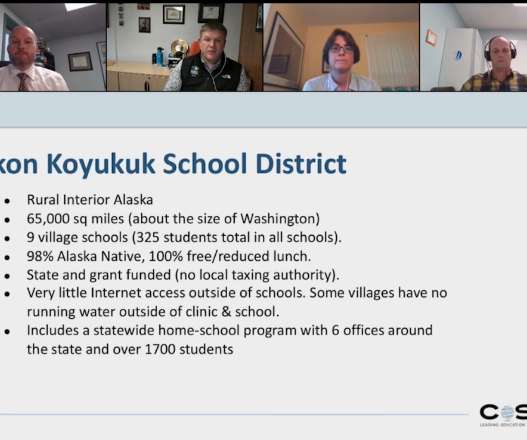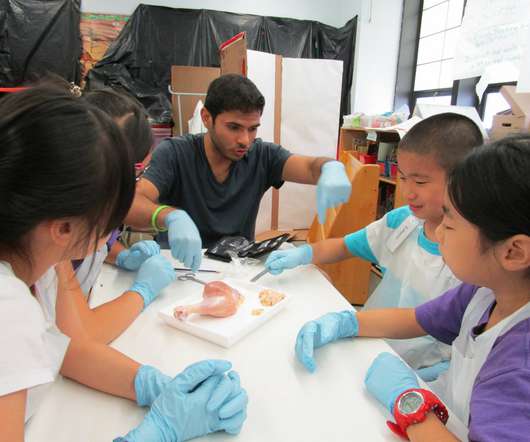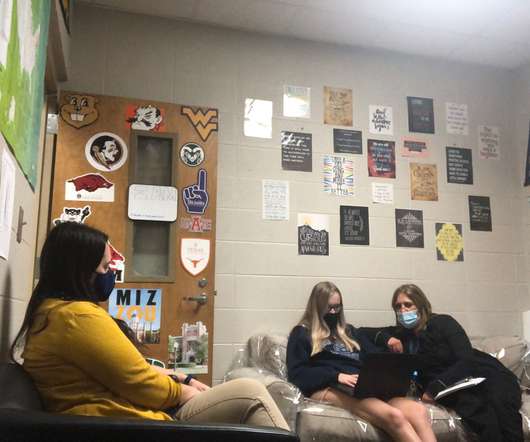The Challenges of Broadband Access in Rural Schools
edWeb.net
DECEMBER 2, 2019
But in order to take advantage of edtech, they first need broadband access. Even when broadband is available, many students don’t have access at home. They’ve opened up their doors to their neighbors for their own broadband needs. in elementary education from the University of Virginia. Jamie holds a B.A. About the Host.




































Let's personalize your content